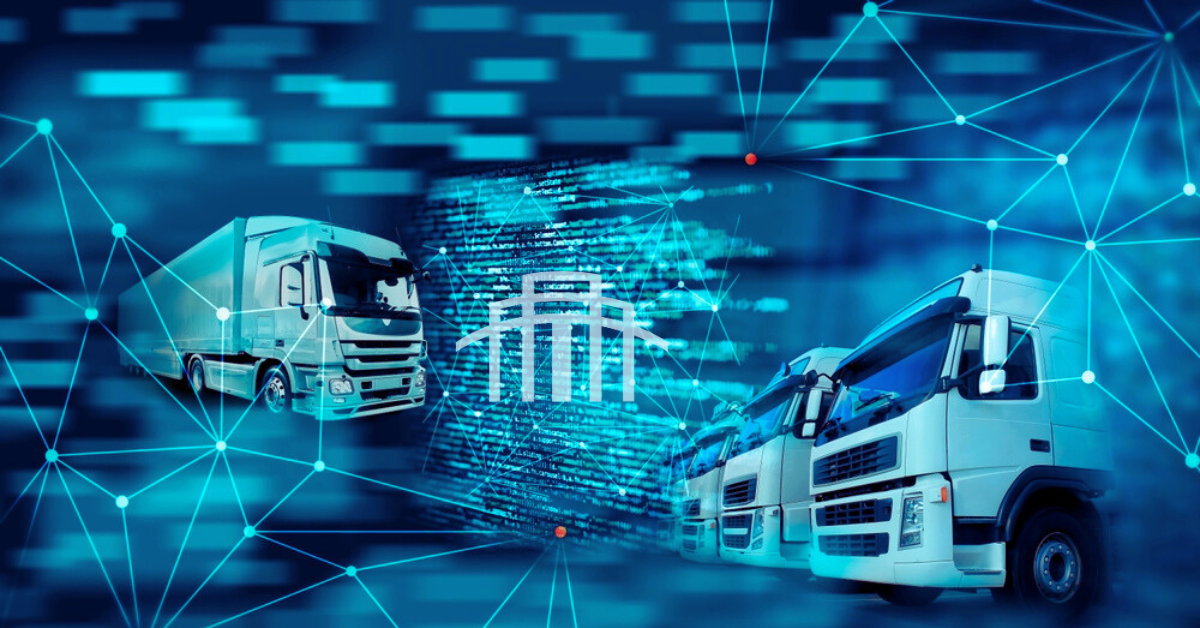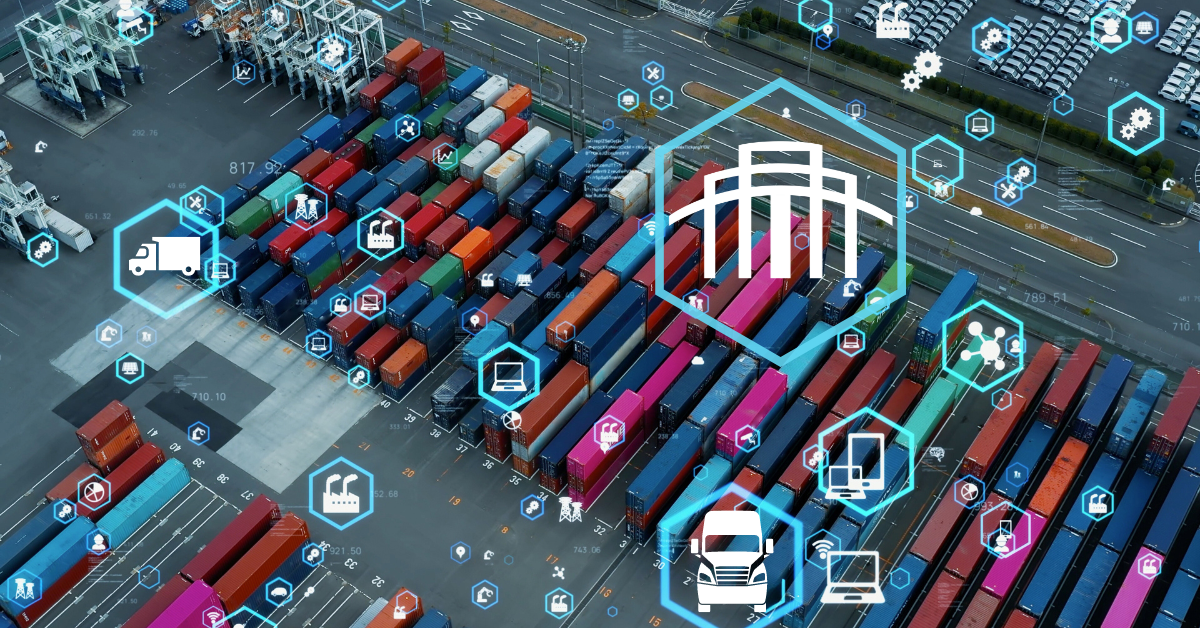The supply chain landscape is undergoing significant transformation, and as we approach 2025, Shippers must adapt to emerging trends, technological advancements and operational challenges. Findings from the Mastio & Company LTL Carrier Customer Value & Loyalty Study 2024 highlight how key areas such as automation, visibility and customer service impact Shippers' efficiency and satisfaction levels in the LTL freight market. To remain competitive, Shippers must focus on improving processes, leveraging technology and prioritizing investments that enable smarter decision-making.
Category: supply chain management
Supply Chain Strain: How Tech Can Keep Your Shipments on Track
As we approach the peak shipping season, Shippers and 3PLs are bracing for the annual surge in demand. The latest shipping data reveals that U.S. companies will be importing more items for the holidays this year as compared to last year, according to the CNBC Supply Chain Survey.
This period, driven by holiday shopping, back-to-school sales and year-end inventory clearances, always presents a unique set of challenges for supply chains. The global supply chain faces pressures from increased consumer expectations and market volatility. The question on everyone's mind: How can businesses navigate these turbulent waters? The answer lies in leveraging advanced technology.
Leveraging Truckload, LTL and Parcel Shipping: Why Diversifying Shipping Modes Enhances Supply Chain Efficiency
In today’s dynamic market, the ability to adapt and choose the most appropriate shipping method is key to maintaining efficiency, reducing costs and enhancing customer satisfaction. Shippers, 3PLs and freight brokers who strategically employ less-than-truckload (LTL), Truckload and Parcel shipping modes can benefit from significant competitive advantages, including improved security, cost and time savings, reduced risk of damage and enhanced sustainability. It's critical for Shippers, 3PLs and brokers to use all three methods through a unified technological solution that manages them in an evolving supply chain.
Navigating the Storm: Integrating Disaster Preparedness into Supply Chain Management
As tornadoes tore across the U.S. this past weekend, unpredictable weather patterns and unprecedented disruptions have made incorporating disaster preparedness into supply chain risk management more important than ever. Shippers and 3PLs need to reevaluate their traditional risk priorities and integrate flexible technologies and strategies that help supply chains adjust when disaster strikes.
Simplifying Nearshoring Opportunities: Best Practices for Intra-Mexico and Cross-Border Shipping
In recent years, Shippers and 3PLs have been exploring nearshoring opportunities to optimize their supply chains and take advantage of cost-effective solutions. For companies considering Mexico as a nearshoring destination, understanding the intricacies of intra-Mexico and cross-border shipping is crucial.
Shippers and 3PLs need to understand the key best practices to cover regulations, establish carrier connections, manage shipments, account for customs brokerage, weights and measurements, and the unique aspects of shipping in Mexico.
Using AI to Build a Supply Chain of the Future
Technology has been a key factor in the growth and strength of the supply chain, with many companies adopting digital solutions to manage their freight more efficiently and effectively. Recent innovations like artificial intelligence (AI) have emerged to improve shipping operations and help Shippers, 3PLs and freight brokers build on their existing technology.
Top Supply Chain Strategies for Shipping Success in 2024
Over the past few years, the supply chain has undergone a rapid transformation. The traditional linear model is giving way to a complex, dynamic ecosystem that requires Shippers and 3PLs to adapt and develop strategic alliances to help differentiate themselves from the competition.
To ensure growth now and in the future, it is crucial for these stakeholders to embrace current and upcoming trends, as well as identify key relationships that will support strategies that align with the evolving supply chain landscape.
Exploring Emerging Technologies as a ‘Multi-Tentacle’ Approach to Supply Chain Management
Technology remains vital for the advancement of supply chain organizations. In a recent Gartner survey, 61% of respondents say technology is a source of competitive advantage with many identifying several emerging technologies as important investment areas.
The survey also found that by 2026, more than 75% of commercial supply chain management application vendors will deliver artificial intelligence (AI) and data science.
As the supply chain evolves, industry officials are seeing a multi-faceted approach to advancing the technology behind shipping operations. Artificial intelligence, generative AI, machine learning, digital twinning and understanding how to make better use of internal data are the future of technology in logistics.







